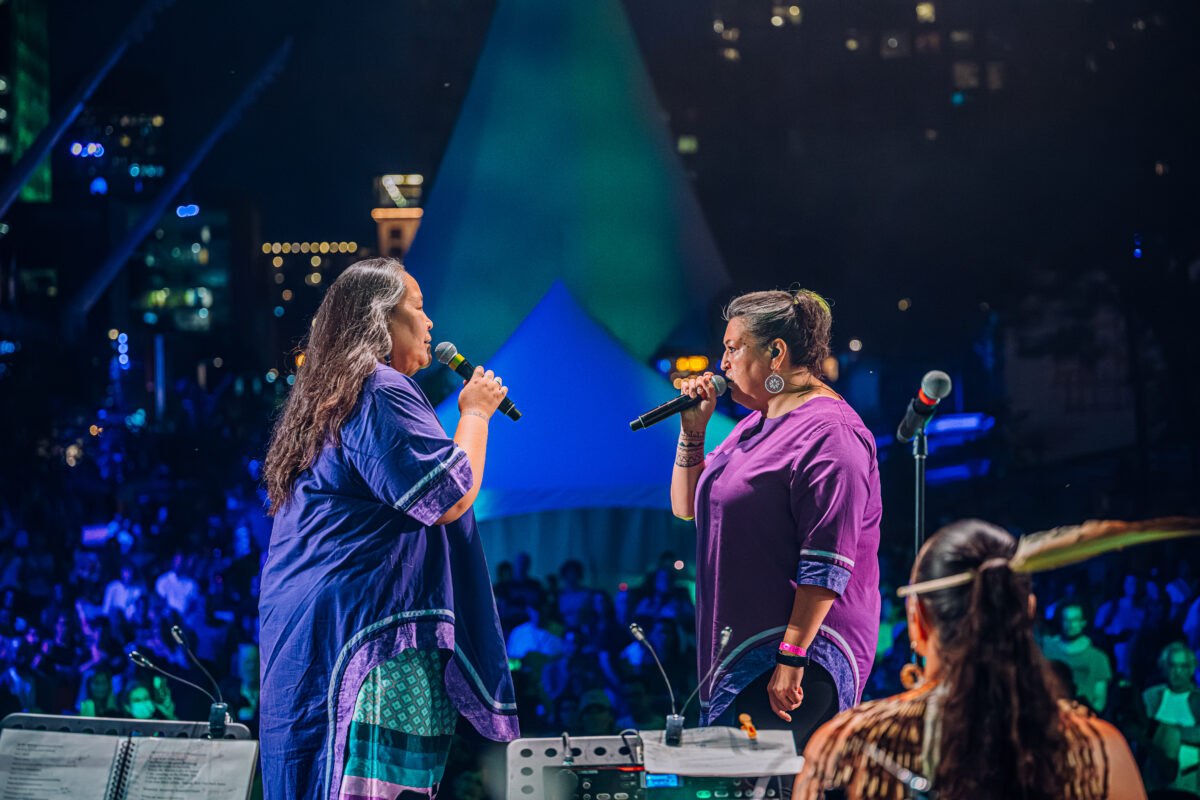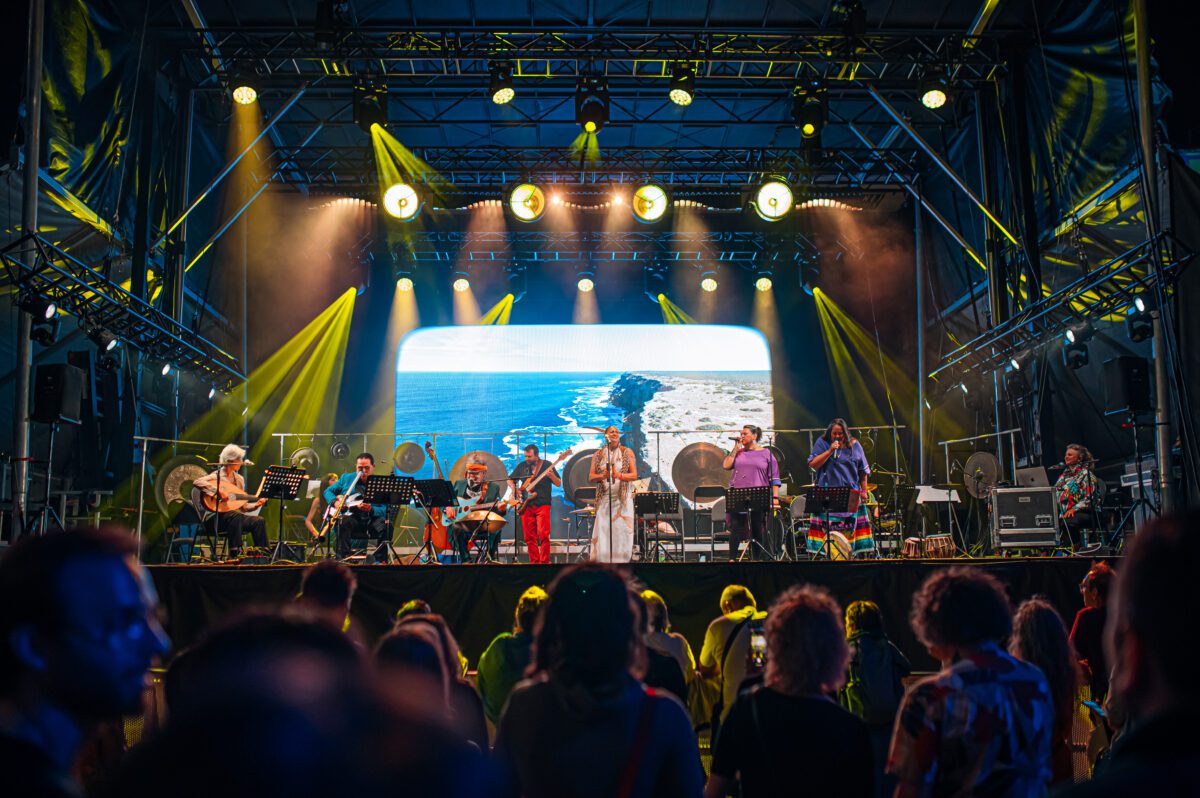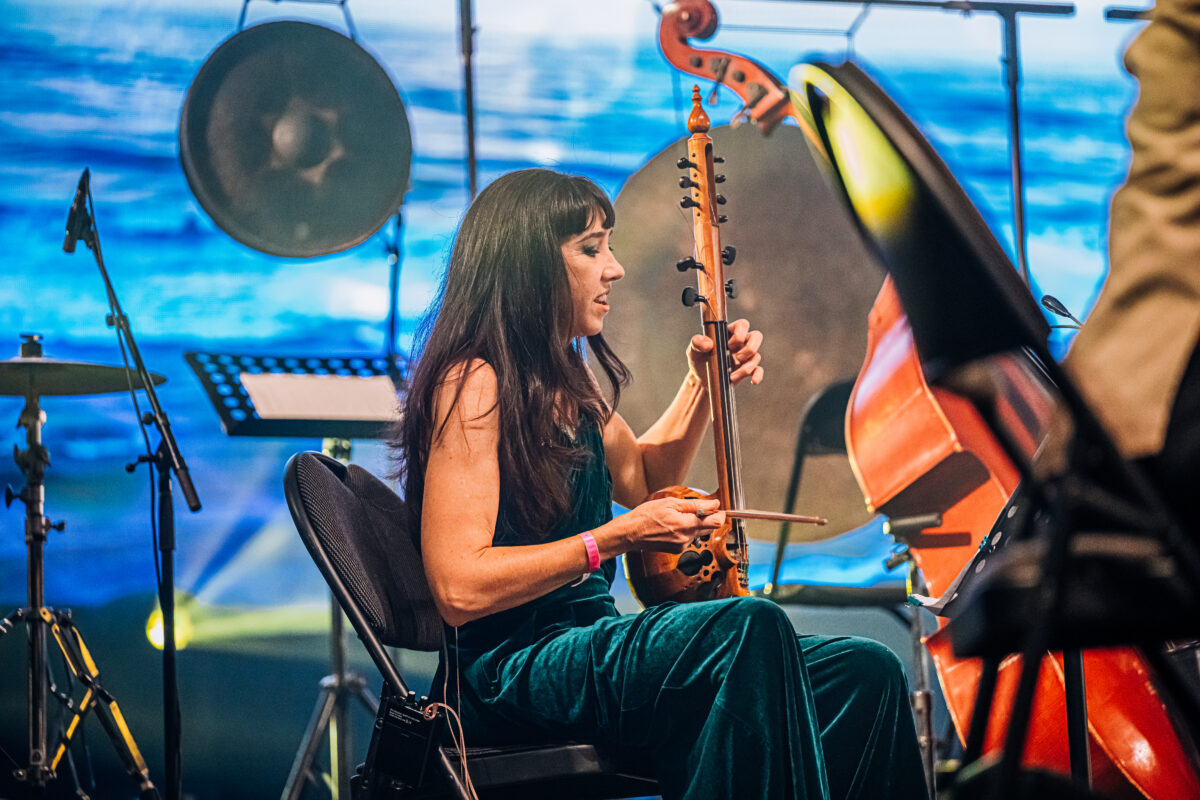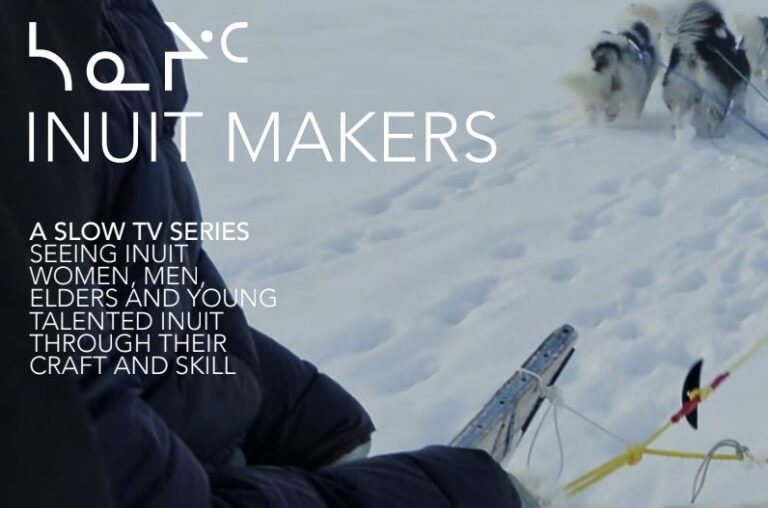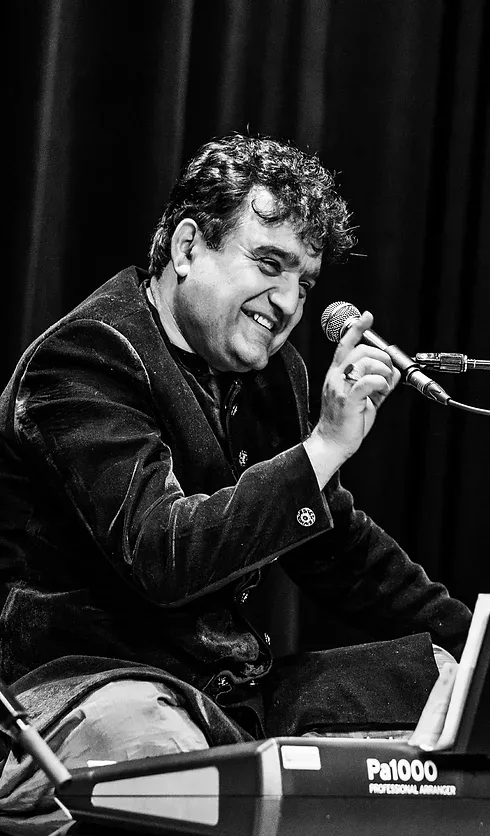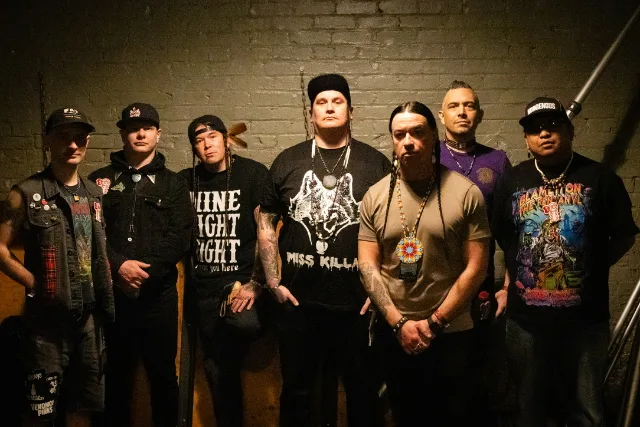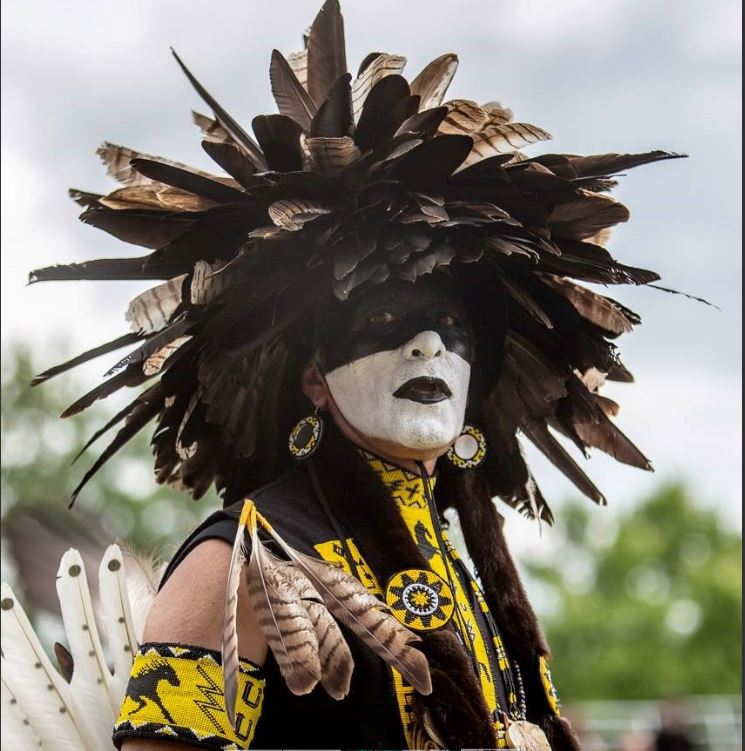L’élan du corps – Atelier de danse
Avant que le rideau ne se lève, les artistes vous convient à une mise en mouvement joyeuse et libératrice. Pas besoin d’être danseur ou danseuse, il suffit d’avoir envie.
En quelques minutes, les bras se déploient, les hanches s’animent, les mains dessinent l’invisible. Mains en mudras, pas cadencés, regards expressifs, le corps s’ouvre au langage dansé, et le public devient déjà partie prenante du rituel.
Quand la danse devient célébration – Veils of Bollywood
Une immersion totale dans les battements du sous-continent, où chaque geste raconte un monde, et chaque rythme appelle à la joie.
Veils of Bollywood revient avec une performance pensée comme un arc sensoriel et collectif, du corps qui s’éveille à la fête qui explose, en passant par un tableau chorégraphique vibrant d’élégance. À la croisée des styles indien, Bollywood, Garba, Bhangra, Kathak et Bharatanatyam, la troupe tisse un fil entre mémoire et mouvement, tradition et pulsation contemporaine.
Fusion festive – DJ de l’équipe Jannat Productions, Veils of Bollywood
Et puis, l’énergie déferle dans un tourbillon sonore captivant où les rythmes hypnotiques de Bollywood s’entrelacent aux vibrations électro.
Un DJ de l’équipe Jannat Productions électrise la scène, tandis que les danseurs de Veils of Bollywood tissent avec grâce des arabesques lumineuses qui enflamment l’espace. Les mascottes festives ajoutent une touche de magie et de gaieté, invitant le public à une célébration collective débordante de joie.
Musique, danse et euphorie fusionnent pour écrire une nouvelle page d’un festival vibrant et mémorable.
Le souffle du spectacle – Montréal Quartet
Dans la pénombre vibrante du moment, les premières notes s’élèvent, caressent l’air, et l’espace se transforme. Montreal Quartet vous invite à un voyage au cœur de la musique classique sud-asiatique, entre tradition millénaire et virtuosité contemporaine.
La voix cristalline de Divya Iyer trace les contours d’un raga ancien, soutenue par le battement profond du mridangam de Sainan Kandiah, pulsation du temps et de l’âme. Le violon d’Anjana Srinivasan s’élance en volutes mélodiques, rejoint par les vibrations solaires de la veena jouée par Seshakamal Iyengar, dont chaque corde murmure un souvenir d’Orient.
Dans cette conversation intime entre les instruments, c’est une Inde intérieure qui s’éveille – grave, lumineuse, suspendue. Une offrande musicale, lente et précise, qui suspend le temps et ouvre une fenêtre sur l’infini.
Momentum of body – Dance workshop
Before the lifting of curtain, several artists invite you into liberating movement. You don’t need to be a dancer, you just need a thrilling restlessness to move.
In only a few minutes, arms unfold, hips awaken, hands sketch the invisible. Hands in mudras, grounded steps, expressive glances; the body opens up to the language of dance, and the audience becomes part of the ritual.
When Dance Becomes Celebration – Veils of Bollywood
A full-bodied immersion into the heartbeat of the subcontinent, where every gesture tells a story and every rhythm calls for joy.
Veils of Bollywood returns with a performance designed as a collective, sensory arc; from the body’s first stirrings to the explosive joy of celebration, passing through a choreographic tableau pulsing with elegance.
At the crossroads of Indian, Bollywood, Garba, Bhangra, Kathak, and Bharatanatyam styles, the troupe weaves a thread between memory and movement, tradition and contemporary pulse.
Festive Fusion – DJ affiliated with Jannat Productions, Veils of Bollywood
And then, energy bursts forth in a captivating sonic whirlwind where the rhythms of Bollywood entwine with pulsing electro beats. A DJ from Jannat Productions lights up the stage, while the Veils of Bollywood dancers trace hypnotic arabesques through the air, setting the space ablaze with poise and intensity.
Joyful mascots add a spark of magic and mischief, drawing the crowd into a collective celebration overflowing with joy.
Music, dance, and euphoria fuse to write a lustrous new chapter in the festival’s story.
The Breath of the Performance – Montreal Quartet
In the vibrant hush of the moment, the first notes rise, brush the air, and reshape the space.
Montreal Quartet invites you on a journey through the heart of South Asian classical music; where ancient tradition meets contemporary virtuosity.
Divya Iyer’s crystal-clear voice traces the contours of a timeless raga, carried by the deep, soulful pulse of Sainan Kandiah’s mridangam; heartbeat of time and spirit. Anjana Srinivasan’s violin unfurls in melodic spirals, joined by the sunlit resonance of Seshakamal Iyengar’s veena, each string whispering memories of the East.
In this intimate conversation between instruments, an inner India awakens; solemn, luminous, suspended. A musical offering, precise and patient, that stretches time and opens a window onto the infinite.
CE SPECTACLE EST GRATUIT!
Ce contenu provient du Festival Orientalys et est adapté par PAN M 360







